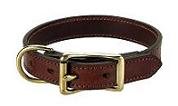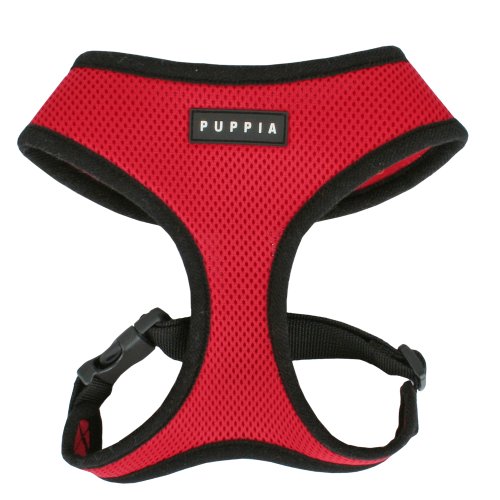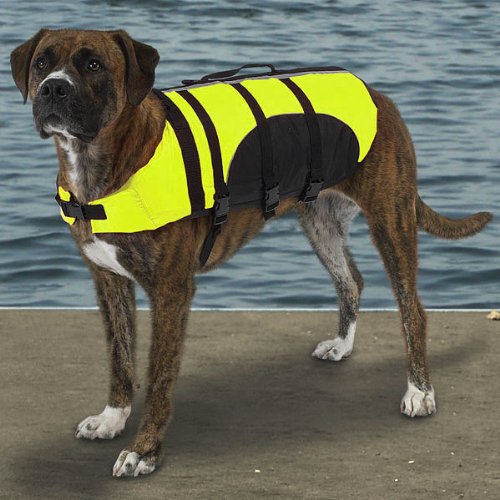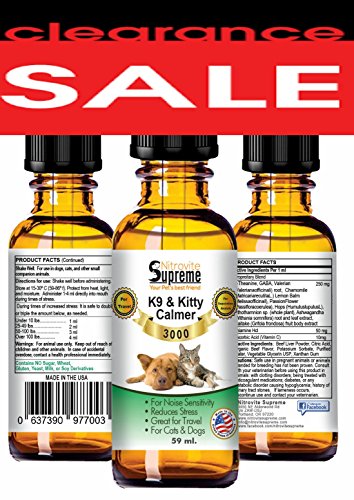
We’ve all heard about intestinal worms. There’s heartworm, roundworm, hookworm, ringworm (which is actually a fungus, not a worm) and so many more. How do we keep them all straight? This article will introduce you to two of the most common intestinal worms that your dog or cat may encounter.
First of all, how do we diagnose intestinal worms? Sometimes you may see your pet vomit or defecate whole worms or worm pieces (especially roundworms). But most worm infections are not so visible. This is why the most common way to diagnose intestinal worms is by bringing a fecal sample to your veterinarian. The vet will combine the feces with a special solution and will put some of the mixture on a slide. If your pet has intestinal worms, the veterinarian often sees worm eggs on the slide. Different worms have different eggs, so your vet will be able to tell exactly what worm your pet is infected with.
Perhaps your pet is infected with roundworm. The scientific names for cat and dog roundworms are Toxocara cati and Toxocara canis, respectively. There is also a less common roundworm that both dogs and cats can get called Toxoscaris. Roundworm infections are usually not noticeable in adult animals (your pet won’t show signs). Puppies and kittens with roundworms tend to have a potbellied appearance and may not gain weight as fast as they should.
How do roundworms cause these signs? These worms don’t actually attach to the intestinal wall, but live inside the intestine, where food passes through. Roundworms feed on the food that passes through the dog or cat’s intestine. By doing this, the worms ‘compete’ with your pet for nutrients. In a well-fed, adult pet, a few roundworms usually don’t do any harm to the animal. But you do want to treat a roundworm infection, even if you pet is not showing signs. Most importantly, humans can get roundworm infections from their pets. Roundworm larvae can migrate to various organs (including the eyes) in people. Another good reason to treat an infection is to prevent your pet from excreting roundworm eggs into the environment. The more eggs that exist in the environment, the more likely it is that another animal (or person) may get a severe infection.
Roundworm infection is diagnosed when your veterinarian finds the eggs in a fecal sample. Treatment is usually a dewormer pill given at least twice, a few weeks apart. Most puppies and kittens are automatically treated for roundworm. This is because roundworm is unique. The worm larvae can hide in the mother’s body until she is pregnant, at which time the larvae migrate either directly into the puppies and kittens, or migrate into the mother’s milk (and then into the suckling puppies and kittens). This is why it is assumed that all puppies and kittens have roundworm infections.
There is another uncommon type of roundworm called Baylisascaris. Even though it is uncommon, it is important to mention because, unlike other types of roundworm infections, Baylisascaris can be very harmful. This roundworm normally lives in the racoon. Inside of the racoon intestine, the worm has the same effect that Toxocara has in dogs and cats (it lives in the intestine and doesn’t usually cause problems). But if any other species besides a racoon (including dogs and cats) is infected, the Baylisascaris larvae can migrate outside of the intestine. These worms often migrate in nerve tissue like the the spinal cord. This is why Baylisascaris is different than the other dog and cat roundworms; instead of causing very mild intestinal signs, it can cause very severe neurological signs.
Another common intestinal worm is the hookworm. The scientific names for cat and dog hookworms are Anyclostoma caninum and Ancylostoma tubaeforme, respectively. There is a less common hookworm found in northern Canada called Uncinaria. Hookworm is usually more common in dogs than in cats. It is uncommon to see signs in adult animals. However, puppies and kittens are more severely affected by hookworm; in fact, puppies can die from a hookworm infection. While roundworms live freely inside of the intestine, hookworms use sharp ‘teeth’ (or ‘hooks’) to eat into the intestinal wall. Once the worm is firmly anchored in the wall, it proceeds to suck blood and protein from your pet. It sounds really scary, but these worms are small. It takes a lot of worms to affect a healthy adult.
Hookworm eggs can also be found in fecal samples. Occasionally the owner may notice black feces in a puppy. The black colour is due to blood leaking out of the damaged intestinal wall. Blood turns black when it is digested. Hookworm eggs are excreted in feces and the larvae burrow into the feet of your pet as your pet walks on ground that has eggs on it. These larvae migrate from the feet to the intestines. Also, just like with roundworm, puppies and kittens can get hookworm from their mothers. Therefore, young animals are usually treated with a dewormer that will kill both roundworm and hookworm. Treatment for hookworms is similar to roundworm treatment.
This was just a quick introduction to two of the most common intestinal worms. Dogs and outdoor cats are frequently exposed to intestinal parasites. It is a good idea to take a fecal sample to your veterinarian once or twice a year. This test is not expensive, and appropriate deworming treatment will make your pet much more comfortable. To find out what deworming option suits you and your pet the best, talk to your veterinarian.
Article by Ashley O’Driscoll – Pets.ca writer
 English Bridle Leather Dog Collars
If you have a medium to larg
English Bridle Leather Dog Collars
If you have a medium to larg
 Be Prepared Before Taking Your Dog on Your Next Holiday Road Trip
Planning Your TripIt is exci
Be Prepared Before Taking Your Dog on Your Next Holiday Road Trip
Planning Your TripIt is exci
 Dog Life Jacket
This summer my hubby and I h
Dog Life Jacket
This summer my hubby and I h
 Dog Fear of Thunder and Loud Noises
My dog did not start out sca
Dog Fear of Thunder and Loud Noises
My dog did not start out sca
 How to Pick the Perfect Dog Name
What would you call this animal?
Cred
How to Pick the Perfect Dog Name
What would you call this animal?
Cred
Copyright © 2005-2016 Pet Information All Rights Reserved
Contact us: www162date@outlook.com